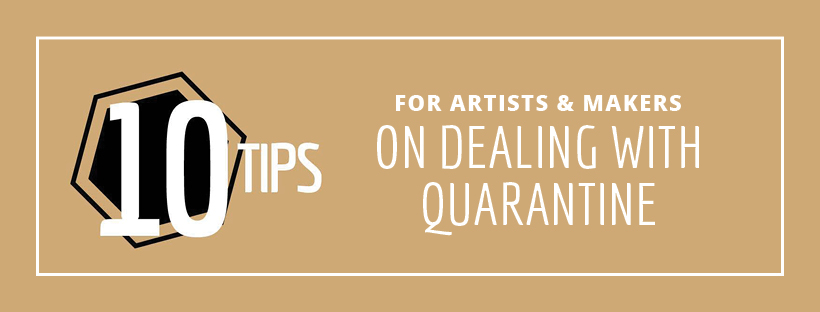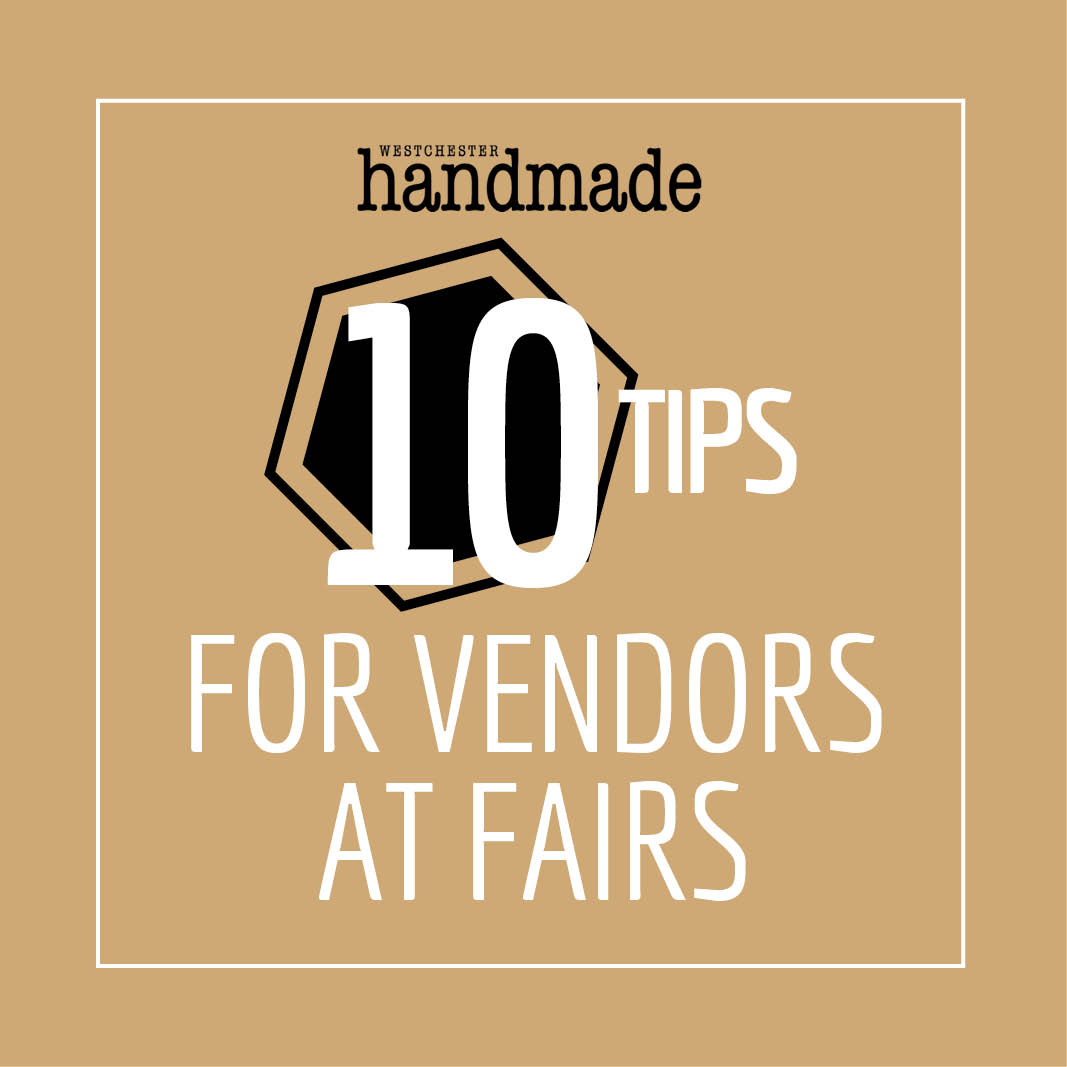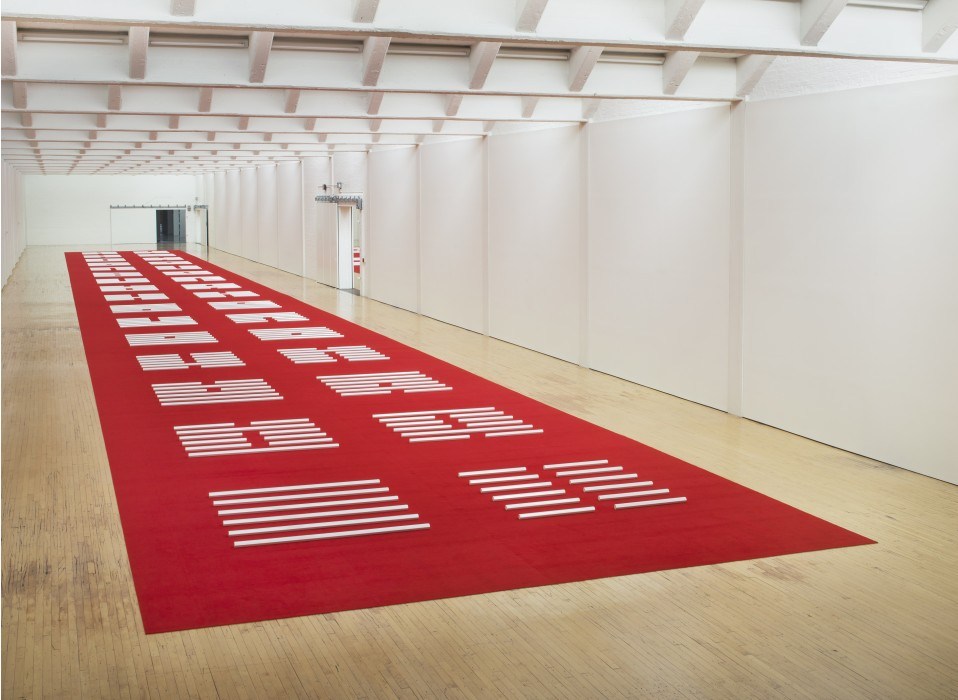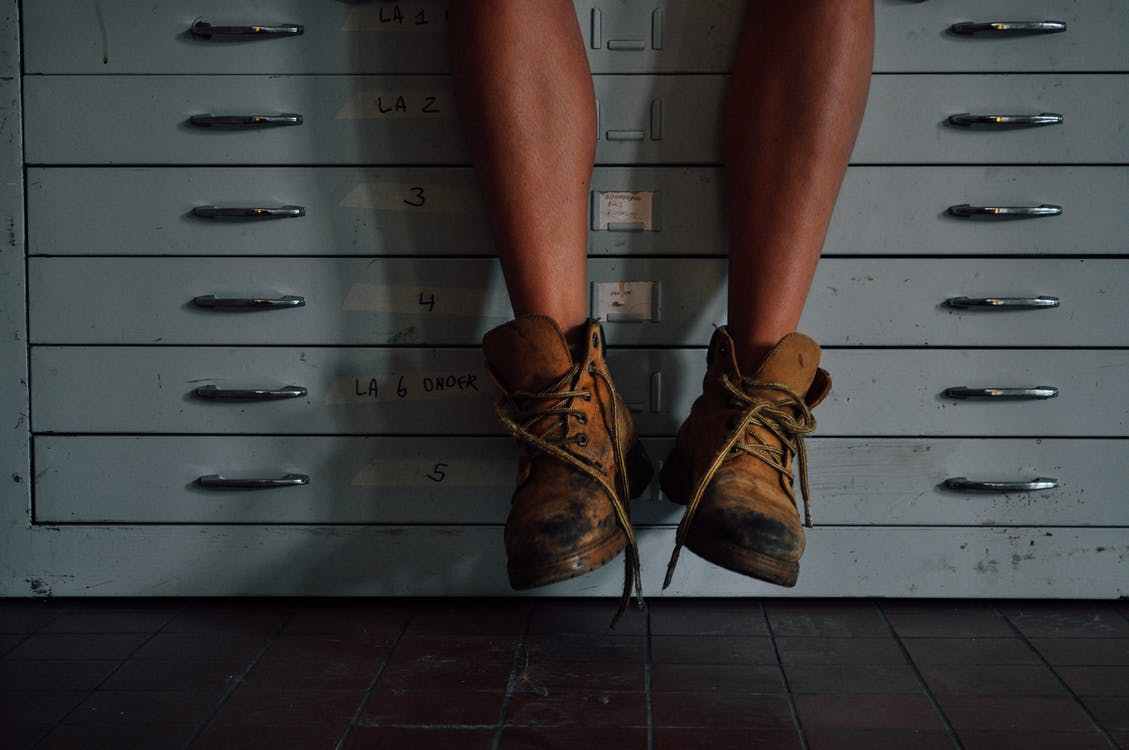This time can be very stressful and unpredictable. We are all trying to figure out how to navigate our temporary "normal" and what that will mean for the future. With so many of us relying on face to face interactions to sell our goods, we have to find new ways to interact with our customers.
In addition, when we are forced to be at home with a bit more time or lack of time from all the distractions, what can work for each of us is unique. Join us for a virtual roundtables on Tuesdays 4:30-5:1-PM every week to discuss how you are all pivoting your business during this time and what you plan on doing after we go back to “normal”
With so many Spring fairs cancelled and the threat of the Fall ones also at risk, we are all making adjustments in this uncertain time. And sound off on the comments section about some of your favorite tips!

Take fresh pictures of your art/goods.
Set up a list of items that you want to shoot. Use natural lighting and items around your home for interesting shots. Make branding and styling a priority.

Set up (an online) shop
Now is the best time to use an online store because online shopping is at an all time high! Use our Square referral code WSTHM10543 to receive free processing on up to $1,000 in sales. Make sure you use our referral code for the deal!

Get some help!
See if you qualify for loans or grants. Check out NY State’s Council for the arts where there is a great list of online resources from The Freelance Artist Resource Producing Collective or Artists Fellowship’s list of Emergency Aid Resources. GrantSpace has a free grant course.

Online Video
Videotape yourself creating something, or host an online class. Between Zoom and Google Hangouts, and everything in between, it's easier than ever to showcase your talents through online video formats beyond YouTube. You can even set up a daily or weekly event on Instagram Live so your fans can anticipate when you will be online and offer to answer questions. It’s a great way to engage your audience!

Keep/Change up the schedule
You may be dealing with a lot of distractions at home. Whether it is having to homeschool your kids or multiple adults trying to use WiFi during video conferences, try to set up some expectations on how you can work within this temporary situation. It may mean having to change your schedule to accommodate the inflexible schedules like scheduled video conferences. So it may mean getting up early or staying up a bit later to have that creative time. Or it may mean setting up a workspace in a spot that means that when you are working and need to be left alone. Having a door helps but setting up a sheet or other partition can help. Communicate to others about your needs but remain flexible with the situation. Here are some tips from CNBC.com how to work from home with your kids during the coronavirus outbreak.

Stay connected
Set up video conferences with friends or jump on a call. Try the Facebook Messenger Video Conferencing that also includes filters and games. Or House Party App is another one becoming increasingly popular.
It is the perfect time to reach out to a friend or business contact who you haven’t been in contact with recently. Networking doesn’t have to end just because we can’t meet in person. We will be hosting member-only virtual roundtables. Look out for those starting next week.

Plan for the Holidays
Use this time to plan out projects and get a head start on making items for the holiday markets.

Offer gift certificates
Not just brick and mortar stores can offer gift certificates. Use these as a way for others to gift your product and as a way for them to help to support your business without having to use up your current stock.

Fine tune your marketing plan
Use this time to plan out social media (especially since you now have a good library of shots from your product) or maybe a new product line! See how you can use the downtime to be productive.

Relax
Sometimes we just need a break! If the current situation is making you nervous or add on anxiety, you can just try to slow the pace of things a bit and take it a day at a time. It’s important to take care of our mental health as well so practice meditation or deep breathing techniques to help relieve some of the stress.





















 A good starting point is basing the amount of time spent making the piece and what was used to make it.
A good starting point is basing the amount of time spent making the piece and what was used to make it. 